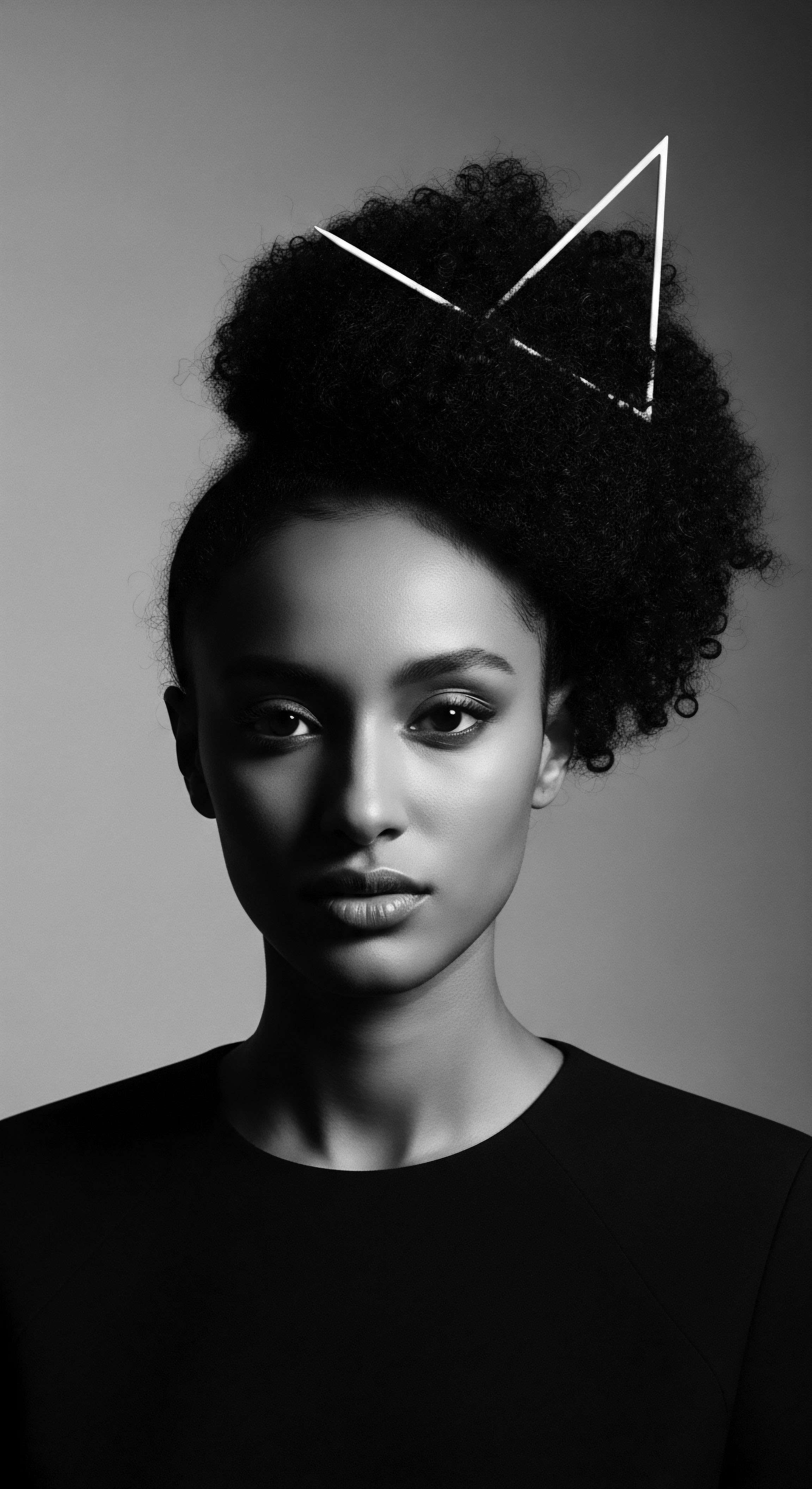
Why are protective styles a timeless aspect of textured hair heritage?
Protective styles are timeless due to their ancestral roots in safeguarding textured hair's delicate structure and their profound cultural role in expressing identity and resilience across generations.

How does textured hair anatomy explain traditional oiling efficacy?
Textured hair anatomy, with its unique coil pattern and cuticle structure, benefits from traditional oiling to mitigate moisture loss.

How did ancestral methods influence cleansing for textured hair?
Ancestral methods used natural elements like plant saponins and clays, shaping a heritage of gentle, nourishing cleansing for textured hair.

How does textured hair anatomy relate to oil moisture absorption?
Textured hair's unique structure, with lifted cuticles and helical patterns, shapes how ancestral oils and modern moisture absorb, linking biology to heritage.

How does Ghassoul clay support textured hair wellness?
Ghassoul clay supports textured hair wellness by offering ancestral, gentle cleansing that preserves moisture, rooted in heritage.

How do ancestral hair oils protect textured strands?
Ancestral hair oils protect textured strands by coating, penetrating, and sealing the cuticle, honoring generations of heritage.

How do oils seal moisture in textured coils?
Oils create a protective lipid layer on textured coils, trapping moisture and preserving hydration, a wisdom passed through generations.

How does textured hair’s structure increase its friction?
Textured hair's unique coiled structure creates increased strand-on-strand contact, enhancing friction, a property deeply connected to its ancestral protective and styling heritage.

